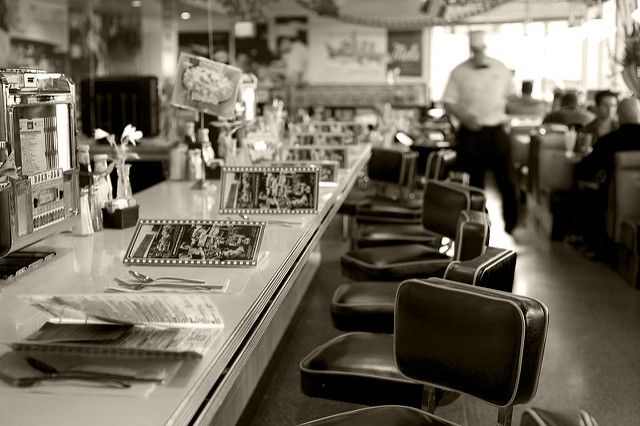
New York City is known for its diners and coffee shops. One might assume that this is because the population shares a caffeine addiction, but a recent New York Times article on the changes in New York’s diner scene presents a more nuanced perspective with the The Great Good Place by sociologist Ray Oldenburg.
Work and home are central to our lives, but so is everybody’s special “third place,” the spot for relaxing and hanging out with friends and strangers alike. Oldenburg describes how this includes coffee shops, diners, pubs, taverns, and even post offices. These sites are important within the context of individual lives, but they can also build communities. Not all diner regulars becomes friends with one another, but they do become “affiliated,” picking up conversations and forming a social environment specific to these public homes away from home.
Additionally, these “third places” are symbolic of a city’s past, considering that they’re usually in older areas, reflecting a bygone era of the city. Consider that today in New York, decades-old diners are rapidly folding under increasing rent and the pressure to sell. What was once a classic third place like a small diner can quickly become a new high-rise, and this phenomenon occurs outside the Big Apple as well. So, swing by that midnight diner for a bite and get it while it’s hot — while you can.

Comments